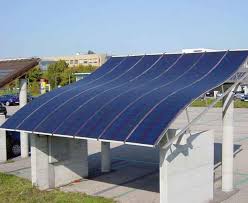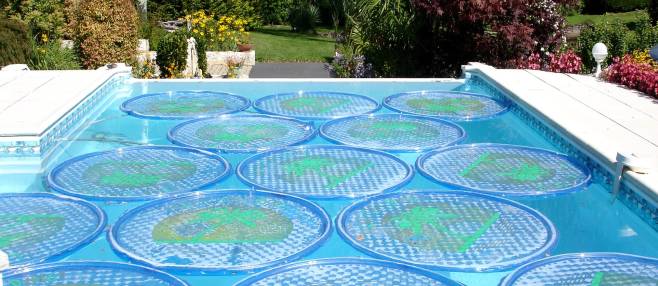Thin Film Solar Panels: Types and Advantages
When you hear about solar panels, you often think of monocrystalline or polycrystalline units. However, with the competition in the solar industry heating up, manufacturers in this sector are banking increasingly on sophisticated technologies to create more innovative products for savvy consumers. Some of the solar firms are now bringing the advanced thin film solar modules in the market that have unique features and higher efficiency as compared to the traditional crystalline panels. If you are one of the thousands of homeowners in Tampa and other sun-bathed cities who are looking for solar solutions for their homes, you must compare the options before installing a system.
What are Thin Film Solar Panels?
Also known as thin film photovoltaic cells, thin film solar cells are manufactured using very thin layers of photovoltaic material. Thanks to the cell structure of thin film panels, shade, and high temperature do not have any significant impact on their performance. It offers greater design flexibility for a variety of applications. Their homogenous appearance makes them suitable for a wide variety of exterior home-designs, and it has a shorter energy payback time which provides production and resource savings.
Types of Thin Film Solar Panels
There are three types of thin film solar panels available in the market today:
-
Amorphous Silicon (a-Si) Solar Cells
Amorphous silicon solar panels are the first commercially manufactured thin film solar modules. These solar cells use amorphous silicon, which is a non-crystalline form of silicon. An amorphous silicon solar cell contains only a fraction of the amount of active material used in a crystalline silicon cell. The cell structure has a single sequence of p-i-n layers in its simplest form.
The ability to produce very low power limited the use of amorphous silicon solar cells to small applications such as pocket calculators and other small electronic devices for a long time. However, a few recent innovations have made them fit for use in large applications as well. For example, several companies use a new manufacturing technique called stacking that involves combining several layers of amorphous silicon solar cells. This new production technique can go a long way to achieve higher efficiency rates.
-
Cadmium Telluride (CdTe) Solar Cells
Till date, cadmium telluride is the only thin film photovoltaic technology to have surpassed crystalline silicon photovoltaic cells in terms of cost-efficiency. These innovative units based on cadmium telluride usually operate with a high degree of efficiency ranging from nine to 11 percent. A simple mixture of cadmium molecules, like cadmium telluride and cadmium sulfide can produce the necessary electric field to convert solar energy into electricity. This simplifies the manufacturing process as compared to producing silicon solar panels by joining two types of doped silicon. Also, cadmium can be found in abundance because it is produced as a by-product of industrial processing of metals like zinc. So, it is cost effective as compared to silicon. -
Copper Indium Gallium Selenide (CIS/CIGS) Solar Cells
CIGS solar cells are more efficient than the other two thin film technologies used for producing solar modules. Also, they provide better heat resistance than silicon solar panels.
The world is waking up to the immense possibility of solar energy. Why stay behind? Embrace solar solutions if you reside in a city like Tampa which is blessed with yearlong sunshine. You can still go solar even if you are not in a so-called sunny state. Thanks to the new technologies, solar makes a lucrative option no matter where your home is. So, adopt the green energy and play an active role to change your country’s energy future.




0 Comments
Recommended Comments
There are no comments to display.